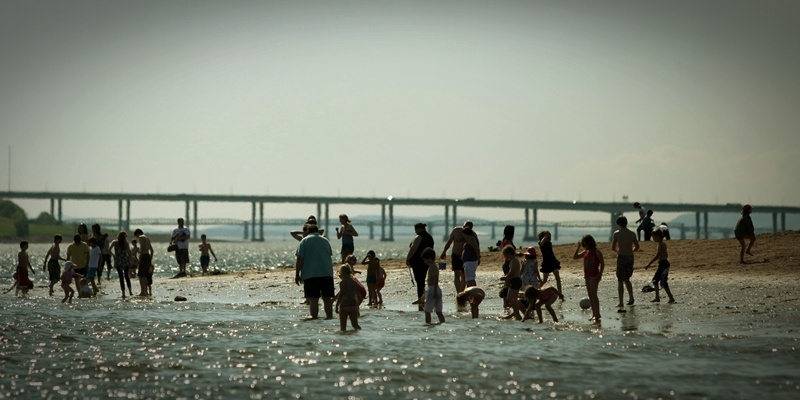Skin cancer rates in Tayside have increased for a sixth consecutive year, prompting a leading Dundee-based scientist to express concern.
Latest figures released by the NHS reveal 131 people developed life-threatening melanoma cells over the past 12 months, signifying a 6% increase on 2010.
Worryingly, this figure is 72% higher than what regional doctors were treating just five years ago.
Professor James Ferguson, a consultant dermatologist who runs the photobiology unit at Ninewells Hospital, said there was a “relentless rise” in the number of skin cancer cases being treated by the health board.
He went on to stress that the public should take notice of the advice given by the NHS and make sure they are protected when out enjoying the sunshine.
“The public health message is clear people should put on sun block, cover up and if they can avoid the hour either side of midday when the wavelength of ultra violet rays are at their most harmful.”
Slow exposure, Professor Ferguson continued, was a major reason why so many more people were now developing skin cancer. An abundance of cheap holiday deals and more people living longer, allowing the cancerous cells to develop, have also contributed to the increase.
“Melanoma figures continue to rise which is particularly worrying,” he continued. “You can enjoy yourself in sunlight but still protect your skin.”
There are two main types of skin cancer malignant melanoma of the skin, the type of skin cancer that develops from abnormal moles, and non-melanoma skin cancer (NMSC).
Malignant melanomas are the least common but most serious type of skin cancer.
Scots have a terrible record of developing the illness something that Professor Ferguson says is written into our genetics.
“Scots are more susceptible to developing skin cancer because people have a fairer skin tone and that does not tan well,” he said.
Fair-skinned Celts, with red or fair hair, blue eyes and freckles are much more vulnerable to UV damage and there is increasing evidence that the use of sunbeds has resulted in more cases of melanoma in young women.
Earlier this year Cancer Research UK revealed the number of young Scots succumbing to the deadliest form of skin cancer had more that tripled since the 1970s.
In Scotland more than two 15 to 34-year-olds are diagnosed with skin cancer every week.
